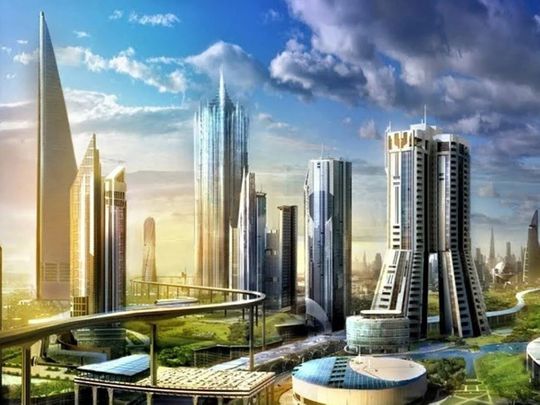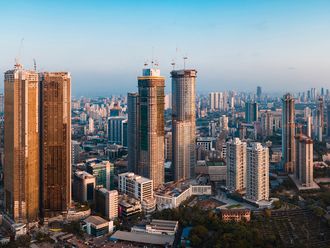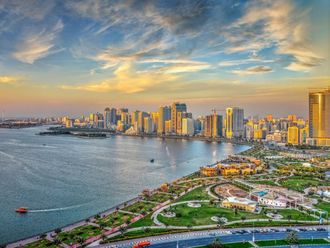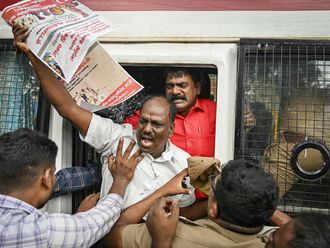
Riyadh: Saudi Arabia is planning the world’s tallest buildings in a mostly unpopulated part as part of an entirely new $500 billion development called Neom.
The brainchild of Saudi Crown Prince Mohammed bin Salman, the aim is to build twin skyscrapers about 500 meters (1,640 feet) tall that stretch horizontally for dozens of miles. The skyscrapers would house a mix of residential, retail and office space running from the Red Sea coast into the desert.
The plan is a shift from the concept announced last year of building a string of developments linked by underground hyper-speed rail, into a long continuous structure. Designers were instructed to work on a half mile-long prototype. If it goes forward in full, each structure would be larger than the world’s current biggest buildings, most of which are factories or malls rather than residential communities.
Remote to populated
Announced in 2017, Neom is Prince Mohammed’s plan to turn a remote region of the country into a high-tech semi-autonomous state that re-imagines urban life. The Line, as the car-free linear city that will form the backbone of Neom is known, could cost up to $200 billion to build, the prince said last year, though that was before the plan changed to include gigantic horizontal buildings.
“The Line is an out-of-the-box idea,” Neom CEO Nadhmi Al-Nasr said. “What we will present when we are ready to will be very well received, and will be viewed as revolutionary.”
Drawing up The Line
To plan The Line, Neom worked with a California-based architecture firm called Morphosis. The buildings would be “different heights as you go,” adapting to the landscape, with their final size determined by engineering considerations and the terrain, Al-Nasr said.
“When people talk about The Line, they see a futuristic Hyperloop, Star Wars type of entity,” said Ali Shihabi, a member of Neom’s advisory board. “But when The Line was presented to the board, I saw a highly intelligent, well thought-out sustainable modern city that will accommodate from laborers to billionaires and that will be built in stages, so it will follow demand.”












